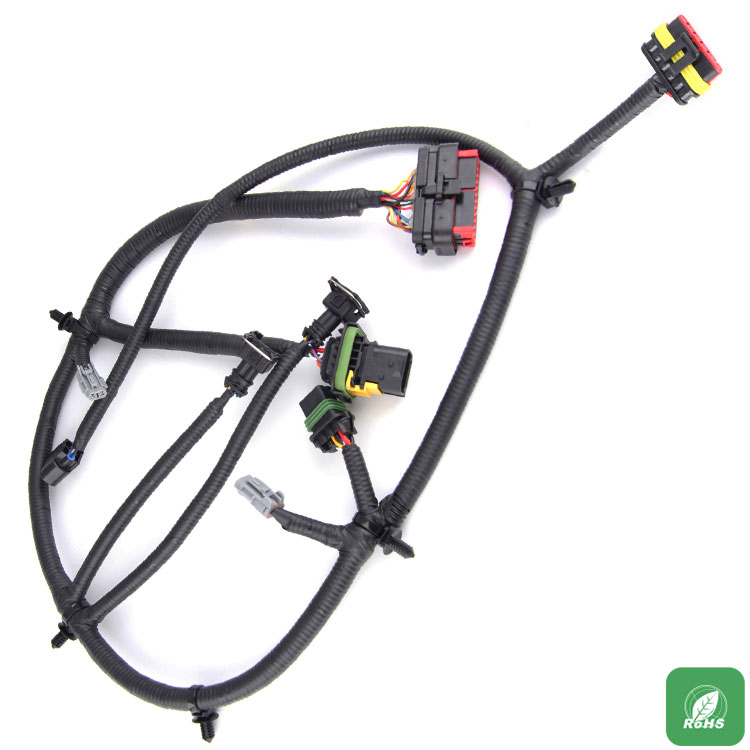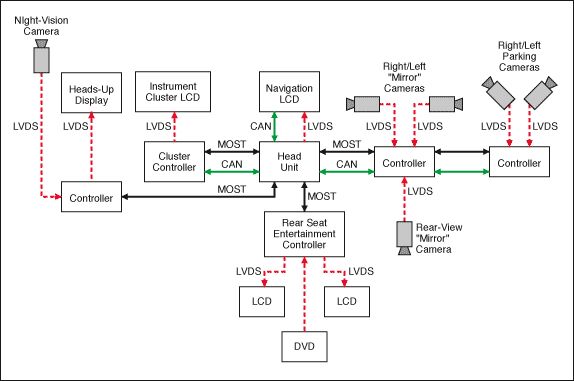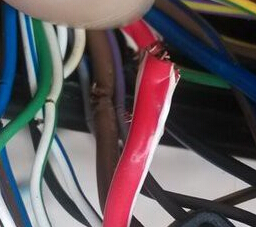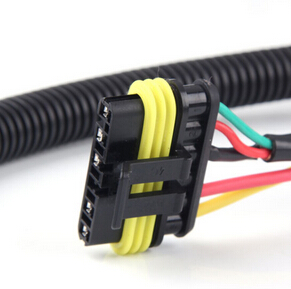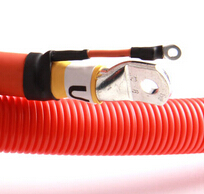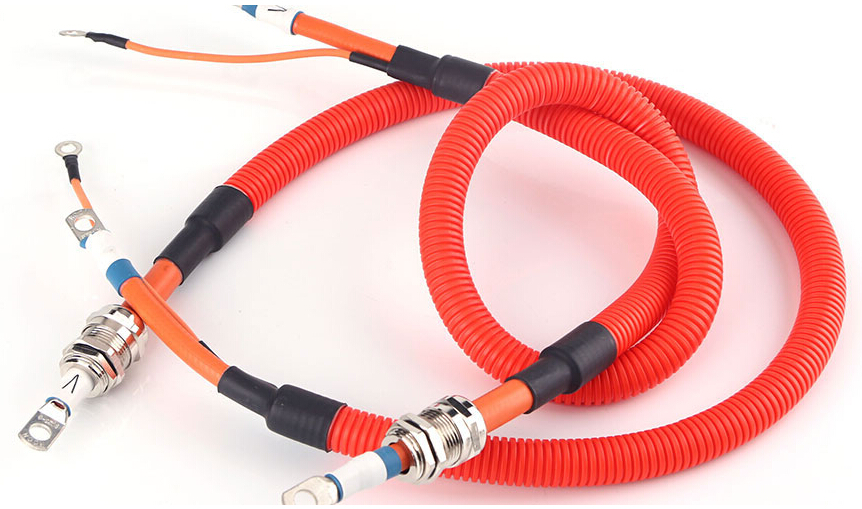Harness layout basic requirements:
(a) The direction of the harness
The wiring harness should be arranged along the side/slot reserved for the car body to avoid contact with the sharpness of the car body sheet metal parts, welds, etc.
The wiring harness arrangement should also avoid the fuel pipe and the brake pipe to avoid crossover or contact, and the wire harness has no loose and loose movement.
For areas where the outside diameter of the wire harness is coarse, the branch nodes of the wire harness are kept at a minimum distance of 30-50mm.
The gap between the wire harness and the stationary parts of the vehicle shall be at least 15mm; switches and moving parts such as: pedals, seats, steering switches and other active areas in the cockpit shall fully consider the actual movement of each part and ensure that the clearance is within the interval of 20-40mm
(B) the design of the fixed point of the wire harness
A fixed point must be set at the corner of the harness.
The long-distance linear direction of the wire harness does not interfere, and usually the clamp interval is maintained at 150-250mm, such as the roof wiring harness, the cockpit inner floor wiring harness, and the like;
For the inline parts and the wiring harness of the vibration area, it is necessary to set a fixed point. The fixed point is about 150mm away from the sheath;
Fitting the sheet metal holes on the harnesses as far as possible to prevent or prevent the buckle from rotating, can effectively prevent the harness from being dragged;
The work area of the boring hole is also related to the convenience of the overall assembly and disassembly of the wire harness. Therefore, when the work area of the boring hole is too small, it needs to be fed back to the unit of the general layout or related systems in time.
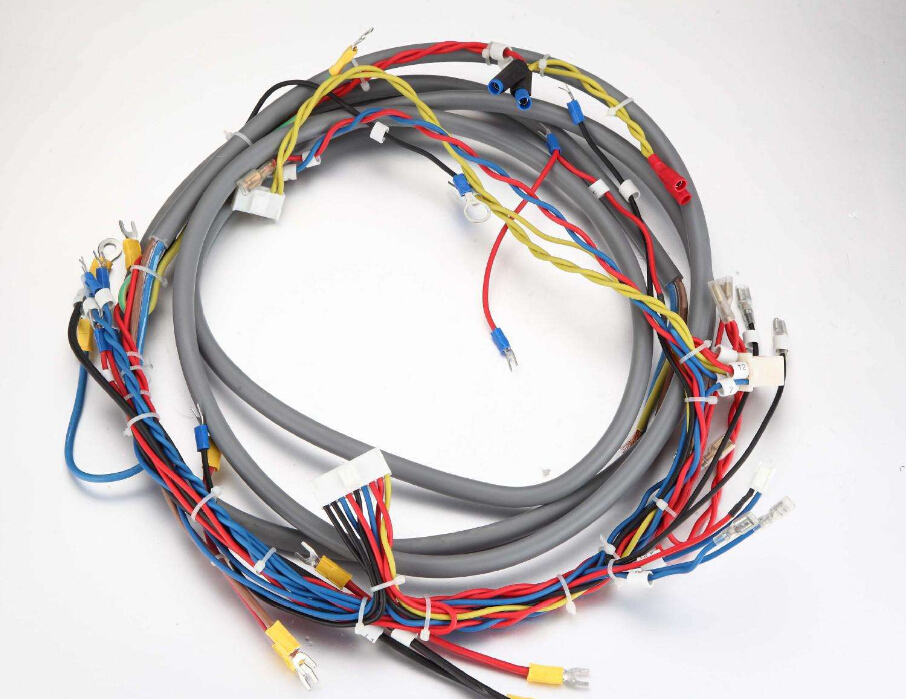
(three) how to choose the buckle
The structure of the buckle is related to the fixing strength and operability of the wire harness. If the outer diameter of the wire harness is within 25mm, the 7*12 waist type buckle is preferred; the spacing and model of the buckle need to be combined with the actual use environment and application of the wire harness. Strength requirements;
(D) Temperature and Electromagnetic Compatibility
Harness as the hardware carrier for the vehicle's electrical implementation must consider the temperature protection and electromagnetic compatibility issues of the harness in different working environments.
In the engine room, the heat sources such as the harness and exhaust pipe, inverter, heating pipe, and charger shall be maintained at a distance of 160mm or more. The cover of the harness surface may be a bellows, and the inner conductor of the harness may be a high-temperature-resistant conductor. The splice is prevented from appearing here to prevent heat shrinkage of the heat shrink tube;
Harnesses must be provided with appropriate anti-electromagnetic interference measures at the signals passing through control modules, instrument clusters, audio/video entertainment systems, airbags, etc.; shielded wires may be used in the wire harness, and electrical appliances around the wire harness may be shielded or shell grounded, etc.;
(five) connectors
In the dry and wet areas of the vehicle body where the wiring harness is located, the joints in the drying area in the passenger compartment and the luggage compartment are less subject to jolting vibrations. The tape or the kart may be considered to be fixed; the wet area connector outside the passenger compartment and the luggage compartment should be Permanently fixed, taking into account measures to prevent flailing;
The connector in the same area is fool-proof: the difference in structure or color;
Chassis \ fenders \ bumpers \ rear connectors layout (horizontal and vertical) fully consider the body wading height and dust and moisture level
















 RCCN WeChat QrCode
RCCN WeChat QrCode Mobile WebSite
Mobile WebSite